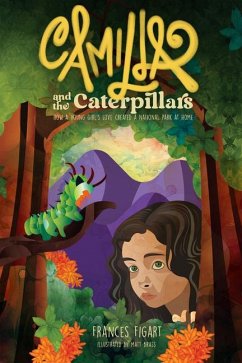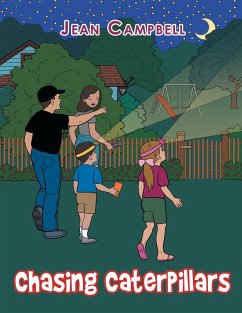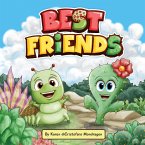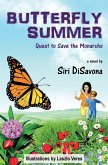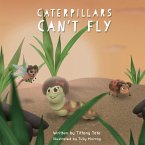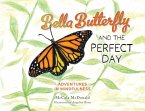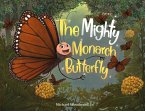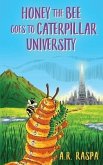A young girl's encounter with an extraordinary caterpillar in the Great Smoky Mountains leads her and her family on a quest to plant a national park right in their own backyard. This environmentally themed chapter book for ages 6 through 11 introduces young readers to important ecological concepts including habitat loss and the interdependence of native species and offers a compelling grassroots solution through native-plant gardening that invites anyone to take part in addressing the growing biodiversity crisis. Camilla's first memory is of traveling along the Appalachian Trail with her parents in Great Smoky Mountains National Park. While her parents are on the lookout for an American black bear, Camilla's attention becomes focused on something much smaller--a beautiful creepy crawly that resembles a small dragon wearing sunglasses. The family takes photos of what they suspect is some kind of caterpillar, and later, a park ranger confirms that they encountered a rarely seen Hickory Horned Devil, which will later turn into the stately Regal Moth. This sighting spawns in Camilla a fascination with caterpillars, butterflies, and moths--spurring many family trips to see more of them in various US national parks. By the time Camilla starts first grade, she knows more about caterpillars than anyone in her class. But, when she finishes second grade and the family gets to move out of their cramped downtown apartment to a suburban starter home, Camilla is distraught: There are no caterpillars to be found on their scrubby plot of land, beset with invasive and non-native plant species. Enter family friend Carlos, who is getting his PhD in "nature," and who tells the family about a new movement to create park-like gardens at home. Carlos and his family help Camilla and her parents to begin to remove the invasives and replace them with native plants. This helps to create a home for pollinators, produce food for wildlife, make nearby water cleaner, and take carbon out of the atmosphere. Over time, caterpillars and other wildlife return to the land--and the property begins to resemble a miniature national park. In the story's final pages, Camilla, our narrator, hears a tapping at her window: "I looked out and saw the huge Regal Moth--the creature that started out as a sunglasses-wearing dragon, my first caterpillar love." An educational back section includes material developed by the Appalachian Trail Conservancy and Discover Life in America, an organization which manages the All Taxa Biodiversity Inventory in Great Smoky Mountains National Park. Also included is a "Word to Parents" from Doug Tallamy, father of the Homegrown National Park movement, which inspired the author Frances Figart to write this book. Tallamy is a professor in the Department of Entomology and Wildlife Ecology at the University of Delaware. His books include Bringing Nature Home: How You Can Sustain Wildlife with Native Plants and the New York Times bestseller Nature's Best Hope: A New Approach to Conservation That Starts in Your Yard. Camilla's environmental theme brings life to an epiphany Tallamy had when he had been teaching about plants and wildlife ecology for a quarter of a century: People who want to do something good for the planet have the ability to effect change immediately by choosing plants that share their energy with other beings, as opposed to those that don't. And they get to see positive results in real time in their own yards. Tallamy's Homegrown National Park initiative encourages both the young and old to convert some of the staggering 40 million acres of lawn on private lands in the United States into viable habitat for wildlife. Restoring native plants and habitat on these lands doesn't just help bring butterflies and moths back from the brink--it creates connectivity between preserved lands so that the conservation activities inside of parks can become even more meaningful.
Hinweis: Dieser Artikel kann nur an eine deutsche Lieferadresse ausgeliefert werden.
Hinweis: Dieser Artikel kann nur an eine deutsche Lieferadresse ausgeliefert werden.

